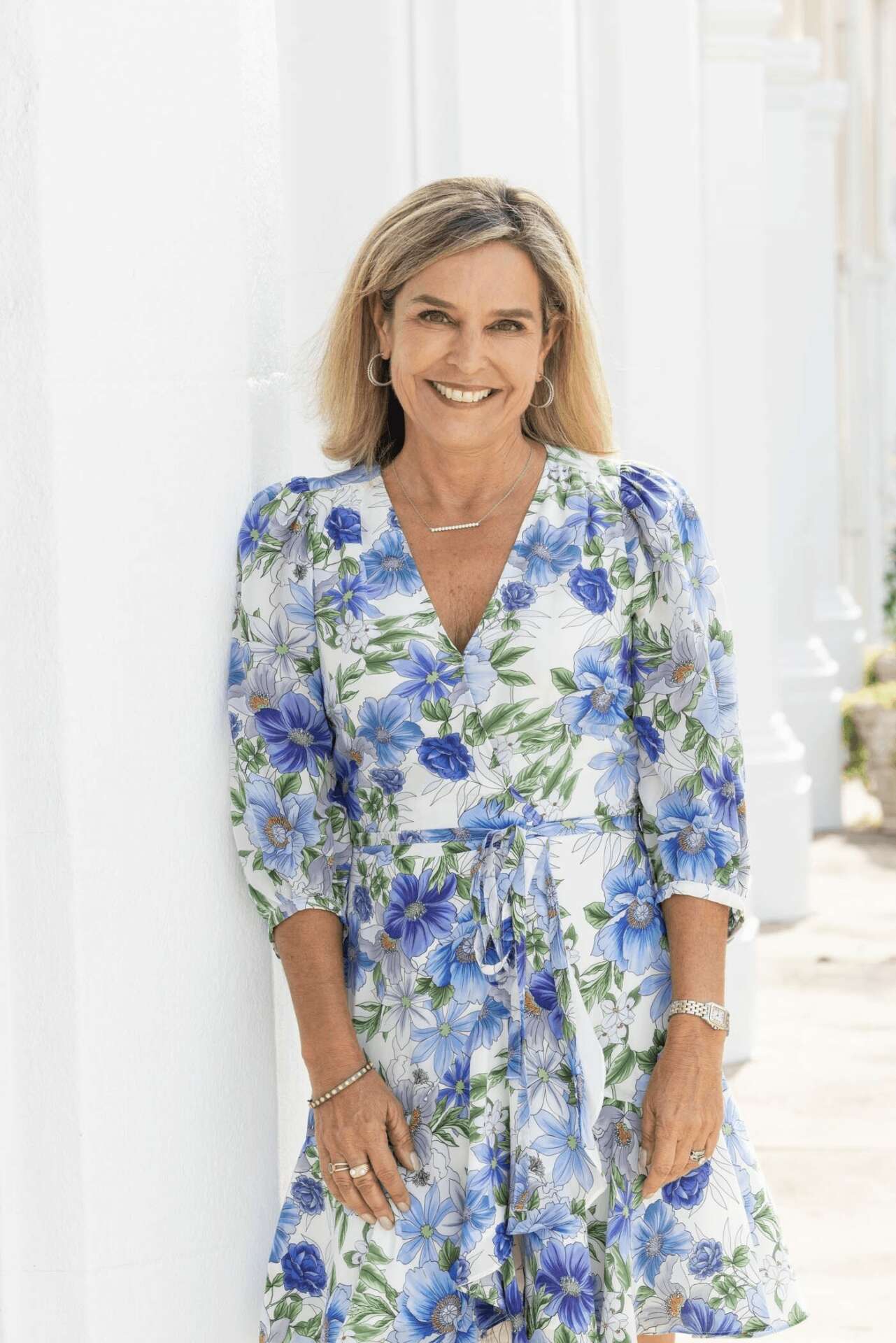We’re excited to introduce you to the always interesting and insightful Lisa LaFrance. We hope you’ll enjoy our conversation with Lisa below.
Alright, Lisa thanks for taking the time to share your stories and insights with us today. We’d love to hear the backstory behind a risk you’ve taken – whether big or small, walk us through what it was like and how it ultimately turned out.
The two biggest risks I ever took were starting a hedge fund firm and leaving a hedge fund firm. These decisions are discussed in the next section, which talks more “about me.”
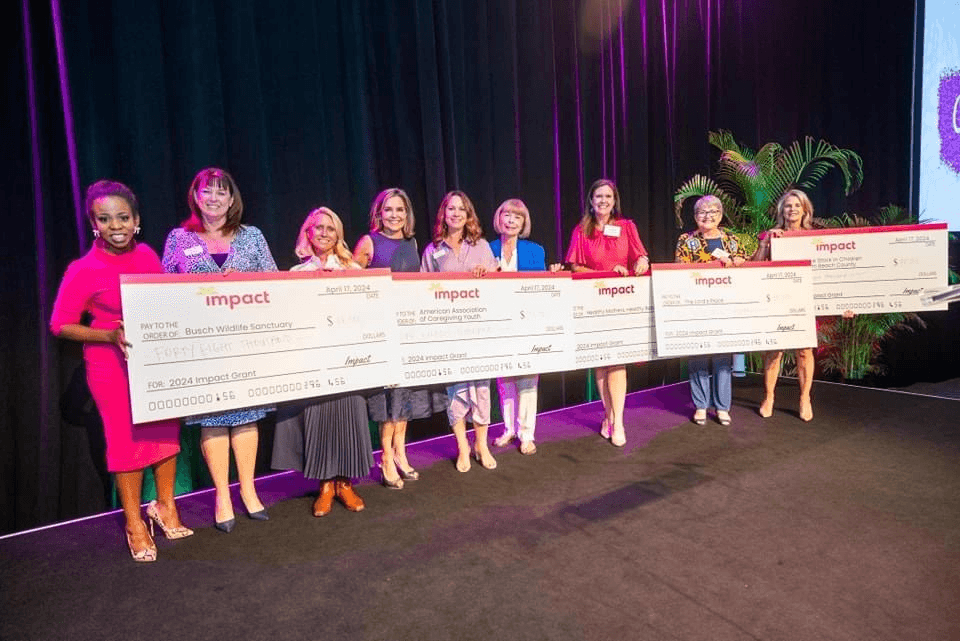

Great, appreciate you sharing that with us. Before we ask you to share more of your insights, can you take a moment to introduce yourself and how you got to where you are today to our readers.
As a young girl my favorite toy was Legos. What I loved about Legos was building complex, creative structures (Legos were very different 50 years ago and building with them required a lot more imagination!), always keeping in mind what my father taught me about “good construction.” I had a proclivity for math, but more importantly, I was recognized for this ability and encouraged to foster it. To this day I am saddened by the number of women who think they cannot “do math” simply because society tells them it is not their natural tendency. This was particularly unabashedly rampant when I was growing up.
I think I was an unusual little girl, choosing to play with Legos instead of dolls, but I also had an early interest in fashion. I collected dresses and clothing for my Barbie (singular, we could only afford one) and built this collection, in part, by engaging in predatory trading practices with my younger sister. An avid reader, I had consumed every Nancy Drew book by the time I was 12 and was ready to move on to more “adult” books. By my senior year of high school in 1984, the zeitgeist of the 80s was firmly established, and what I knew for certain was that I wanted to make money. I craved a life that was much more glamorous than my solidly middle-class upbringing in the working-class town of Taunton, Massachusetts.
I would describe my parents as big fish in a small pond. They were modestly successful, but most importantly, for them, they were highly respected in my hometown as community leaders. Dad was President of the Rotary Club and Mom was President of the Junior Women’s Club. To fully describe their involvement and impact in our hometown would take an article unto itself. They were role models for community service, but not necessarily for creating a path to riches. I really had no clear idea or plan for how I was going to achieve financial success, but a business/corporate career seemed the logical path.
I majored in economics at Smith College and a couple of years after graduating landed at a hedge fund in Cambridge, Massachusetts. How I landed there was almost entirely luck and chance. I was working at a PR firm involved with corporate event planning around the world. In my early 20s I travelled to places like New York, Las Vegas, Paris, and Geneva, and less exciting places like Scrubgrass, Pennsylvania for a power plant ground-breaking. I hated it. I missed numbers and began working with the PR firm’s accountant on the financials and strategic planning for the business. It was that accountant who said, “You have to meet my friend who recently started a hedge fund with a really innovative approach to investing.” I knew very little about the stock market, but I understood numbers and I understood the psychology that this firm was exploiting to make money. As fate would have it, due to personal circumstances, my time at this firm was short-lived but my next position in Washington DC was at their parent company that invested across all asset classes globally, including hedge funds, for large institutional clients. Then, in 1999, when one of the main partners at the Cambridge firm decided to start his own hedge fund, I had the chance to move back to Boston and help him launch and build this new business.
My first big career risk was leaving a high paying job to join a start-up. I loved creating something out of nothing and as the firm grew I loved working with clients to help them understand how portfolios were constructed and why they were seeing positive or negative relative returns. Our firm’s edge was in identifying and exploiting irrational investor behavior by using complex statistical tools. We lived through the crash of 2008, but in the ever-evolving world of investing, we emerged much more focused on technical analysis and rapid algorithmic trading, which was more opaque and less interesting to me than what we had done in the early days of the firm. In 2013, at the age of 45, I retired from the hedge fund that I helped to launch, walking away from a significant ownership position and from a significant annual salary, bonus, and profit distribution. Ever the math geek, I had created a spreadsheet, crunched the numbers, and determined that I had “enough” – enough to live comfortably for as long as I could hope to live. Some people called this brave, and perhaps it is the second biggest career risk I ever took in my life, but to me it was a calculated decision based on risks I was willing to take and the rewards I wanted to experience in my life.
Since my retirement in 2013, I have found a new passion – philanthropy. I have spent the last five years in various leadership roles at Impact the Palm Beaches, a female collective giving circle serving Northern and Central Palm Beach County. Our model is simple – every member donates $1,000 and for every 100 members we make a $100,000 grant. In April we gave away three $100,000 grants and two $48,000 merit grants to five incredible local nonprofits. Seeing my $1,000 turn into almost $400,000 is a leverage I could not have imagined even in the hedge fund world. But more importantly, the joy and sense of purpose I now have has led to a much more fulfilling life than I could have imagined when I retired in 2013. I guess that calculated risk paid off. As the Immediate Past President of Impact the Palm Beaches, I am now considering what is next for me and I have a lot of ideas. I really want to help our nonprofits be better and stronger, not just through financial support, but also through creative business-style solutions that could potentially transform the sector in an increasingly data centric world.
The problem I see, and one that I experienced myself, is that people who want to give back may not know how best to do that. Collective giving is one powerful solution. For anyone interested in finding a giving circle, I recommend going to impact100global.org to find an Impact Chapter where you live and/or grapevine.org to search for other collective giving groups in your local community. To better understand the concept of collective philanthropy and how it is democratizing and disrupting the philanthropic landscape, I recommend watching Philanthropy Together’s Sara Lomelin’s TED talk at www.youtube.com/watch?v=ddJvVf1eqwM.
I also think that there should be more tools for potential donors to search and analyze the nonprofits in their community. Bringing a mathematical approach to charitable giving, applying investment concepts to building a philanthropic “portfolio,” and pursuing something not for financial gain but to better society – these are the unique tools and perspectives that I can bring to solving this problem. I am excited to embark on this next stage of my “career.” I am blessed that my professional career provided the resources to retire early and serve my community. I want to inspire and encourage everyone to find true happiness, not through the pursuit of limitless material wealth, but through the purpose and passion that comes with helping others.

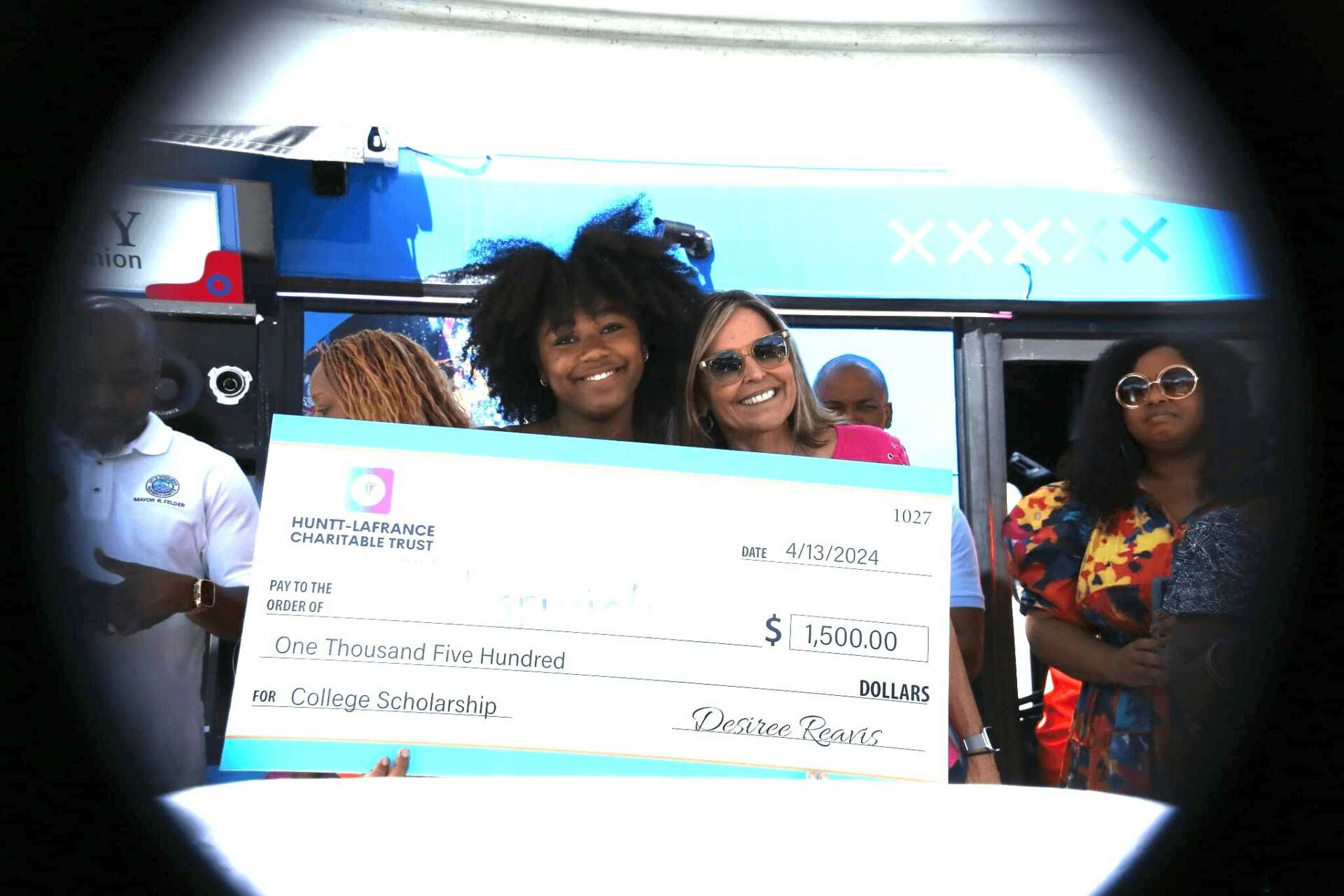
What’s a lesson you had to unlearn and what’s the backstory?
Moving from the hedge fund world to philanthropy has not always been easy. The biggest change I have had to make is to slow down. As an entrepreneur at a hedge fund I was accustomed to making and implementing decisions quickly. I have learned the importance of building widespread consensus among various community stakeholders, a task that takes time, planning and patience. I view my new pursuits as an opportunity to learn the power of patience.


How’d you build such a strong reputation within your market?
Social media and networking. I have connected with incredible people, and have found LinkedIn to be particularly beneficial. But, it is the networking and time spent fostering personal relationships that have really established my reputation as a “connector” in our community. I love meeting with people and learning about their passions, needs, and goals and then connecting them to other people who can help them in pursuit of these goals. I call this “supportive” networking as opposed to “transactional” networking, and for me this twist turns networking from something that can be somewhat icky into something wonderful. I arrange and take multiple coffee, lunch and ZOOM meetings every week, reaching out (and “in”!) to my community to learn how I can be best of service. I hope that my energy and passion for these connections is evident in every meeting I have. Also, as a Thought Leader for the Daily Drip, I am connected to a group of dynamic South Florida business women and have learned so much from these women about the power of social media and the importance of building like-minded communities.
Contact Info:
- Instagram: https://www.instagram.com/livelifefulfilled/
- Facebook: https://www.facebook.com/lisa.lafrance.16/
- Linkedin: https://www.linkedin.com/in/lisa-lafrance/
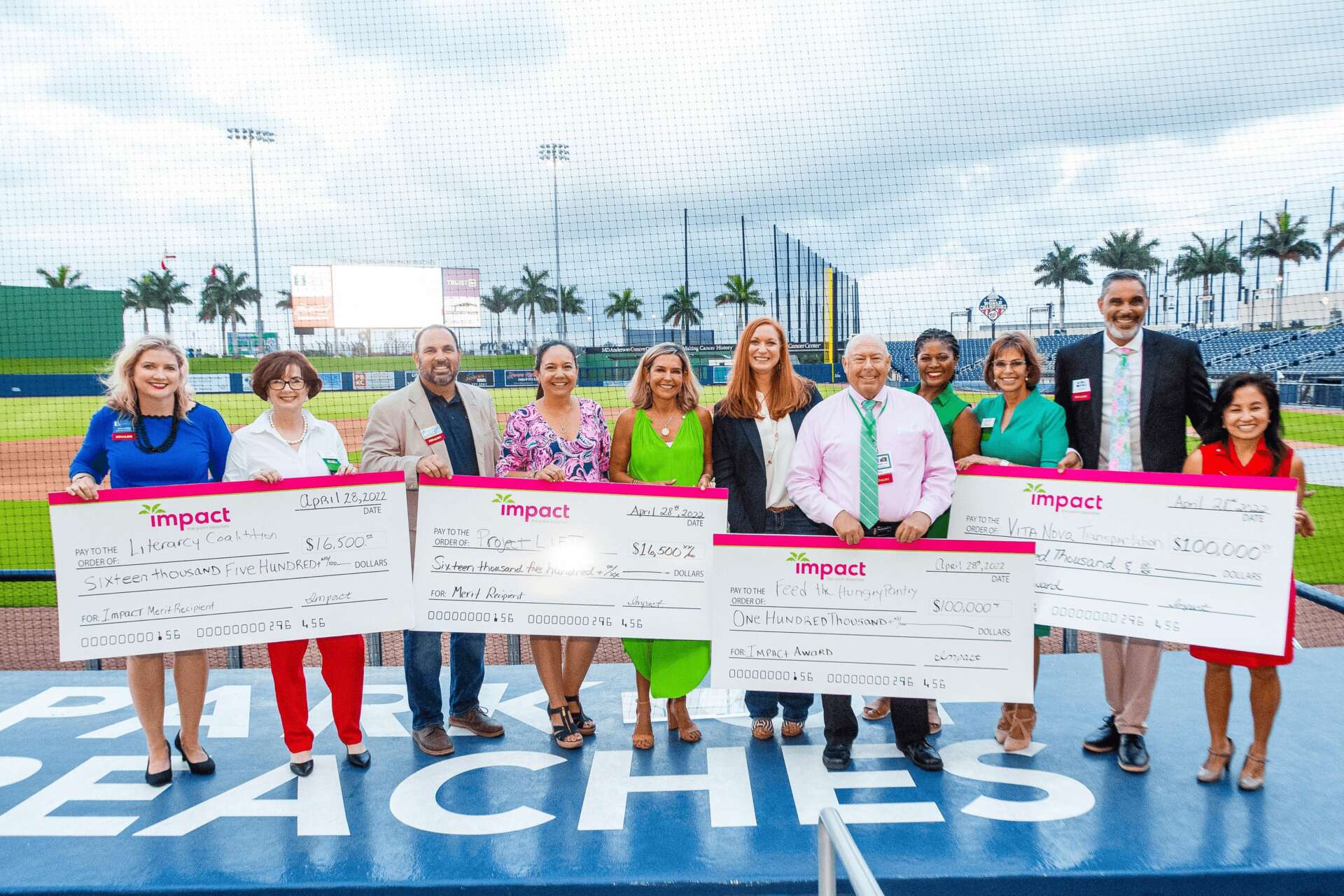
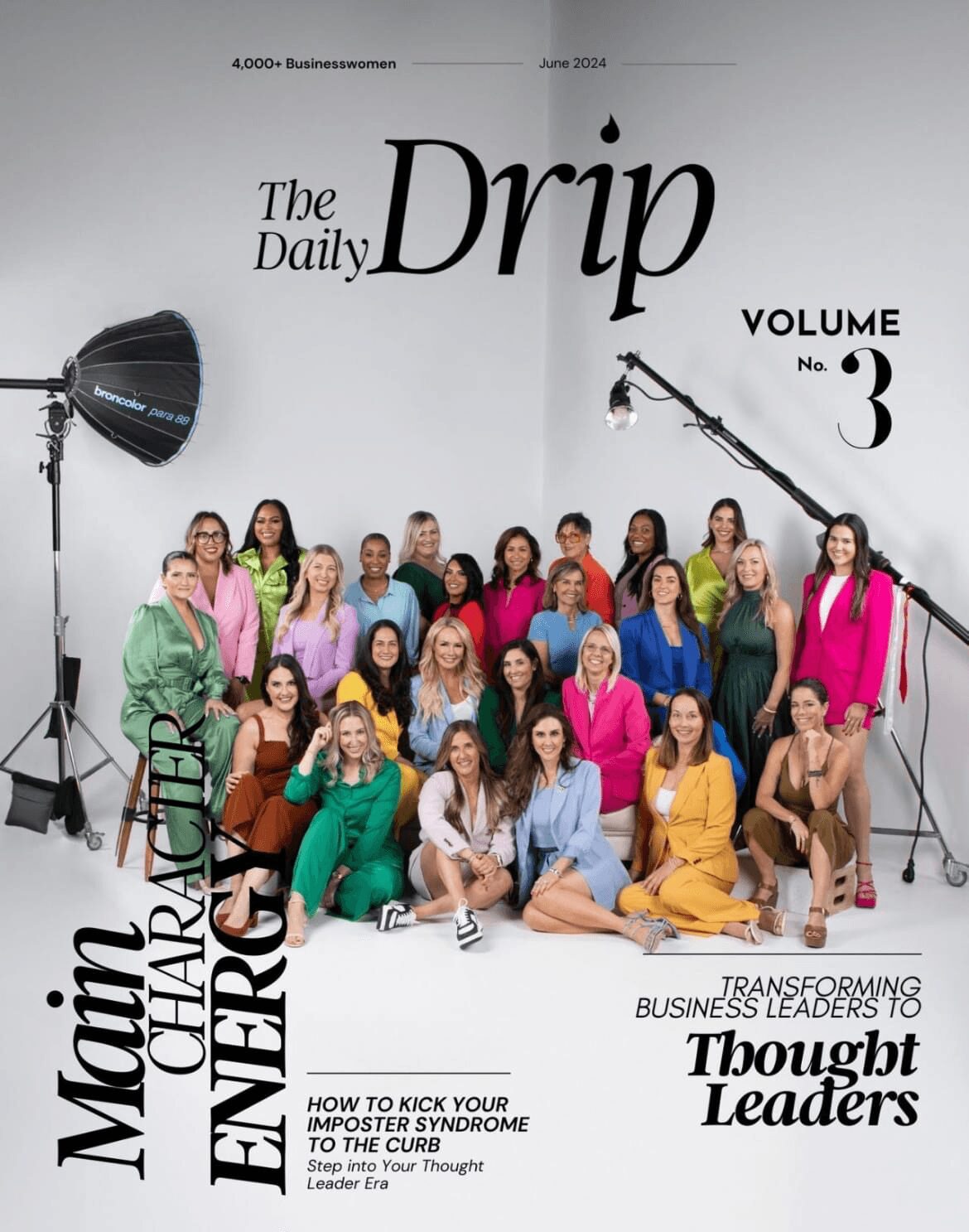
Image Credits
Capehart Photography


